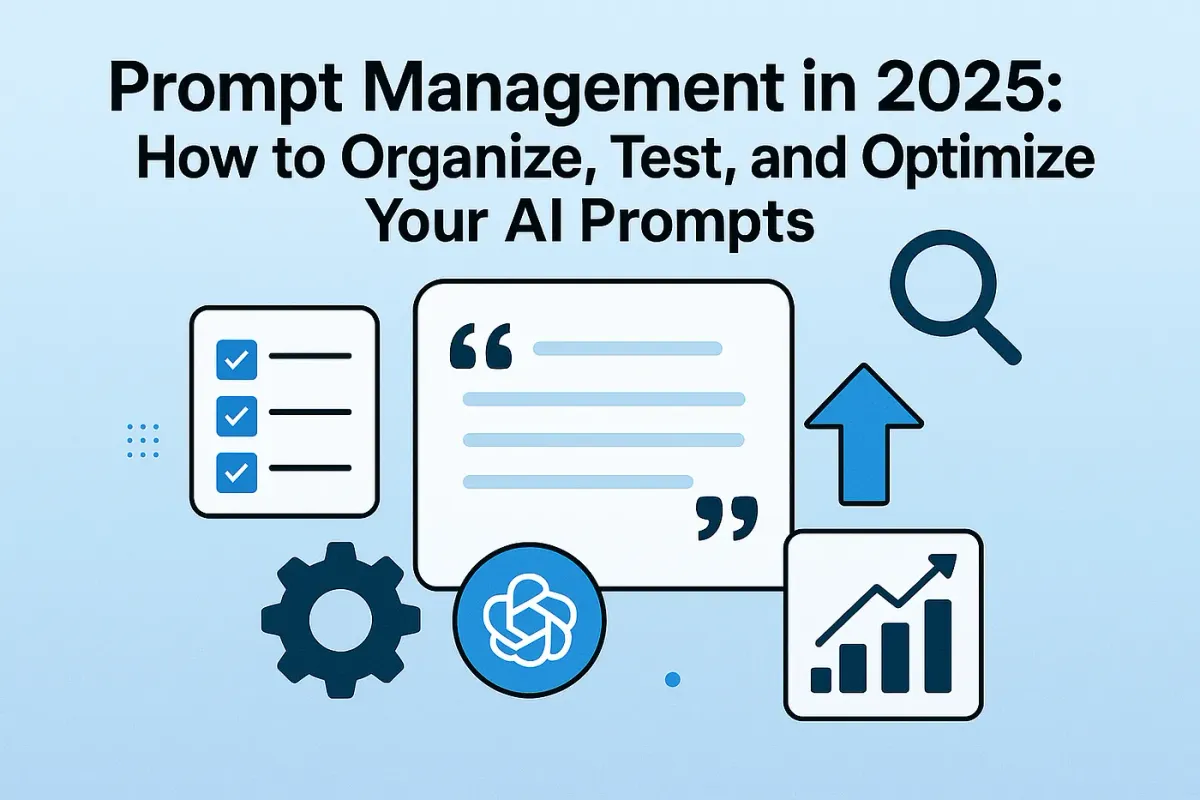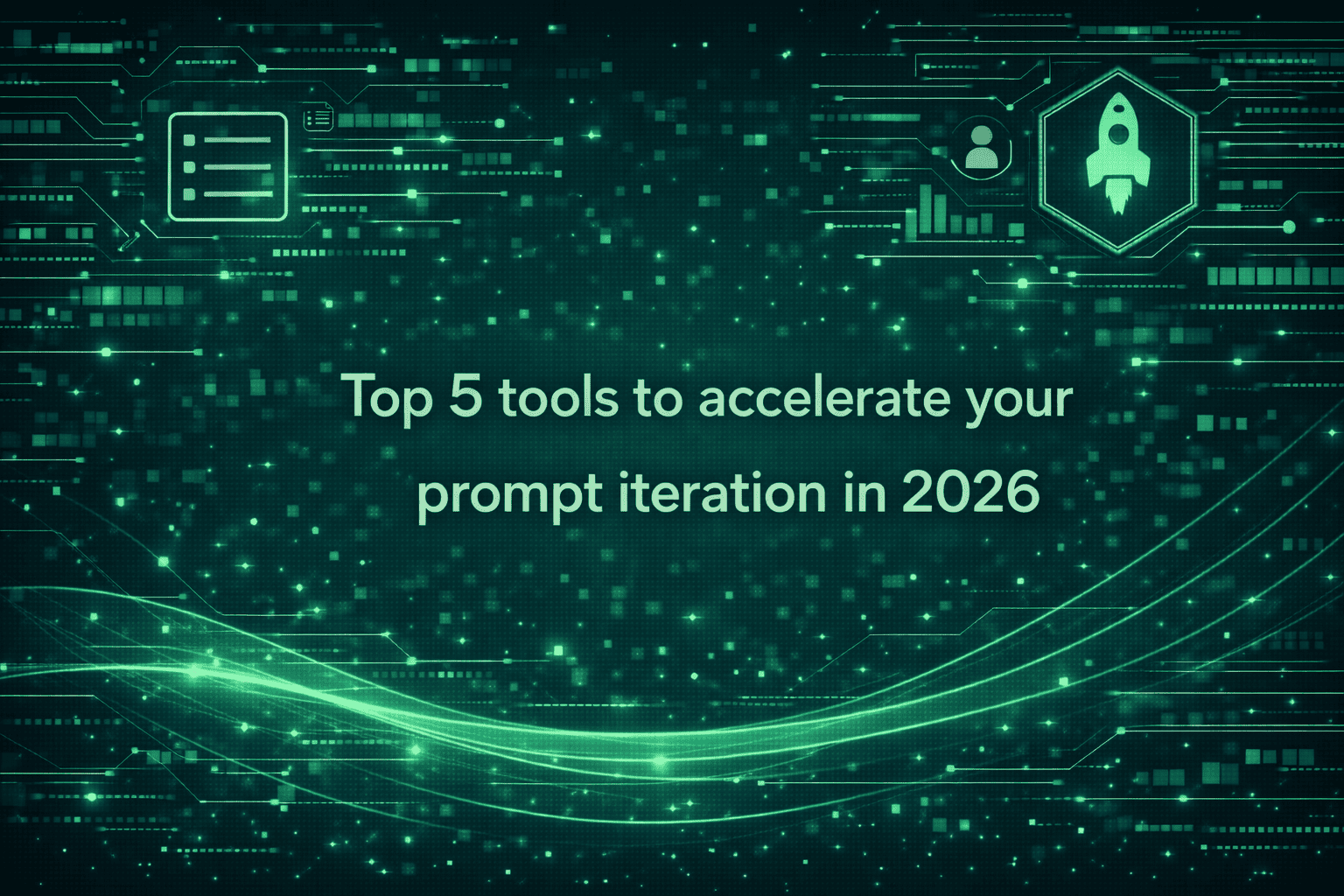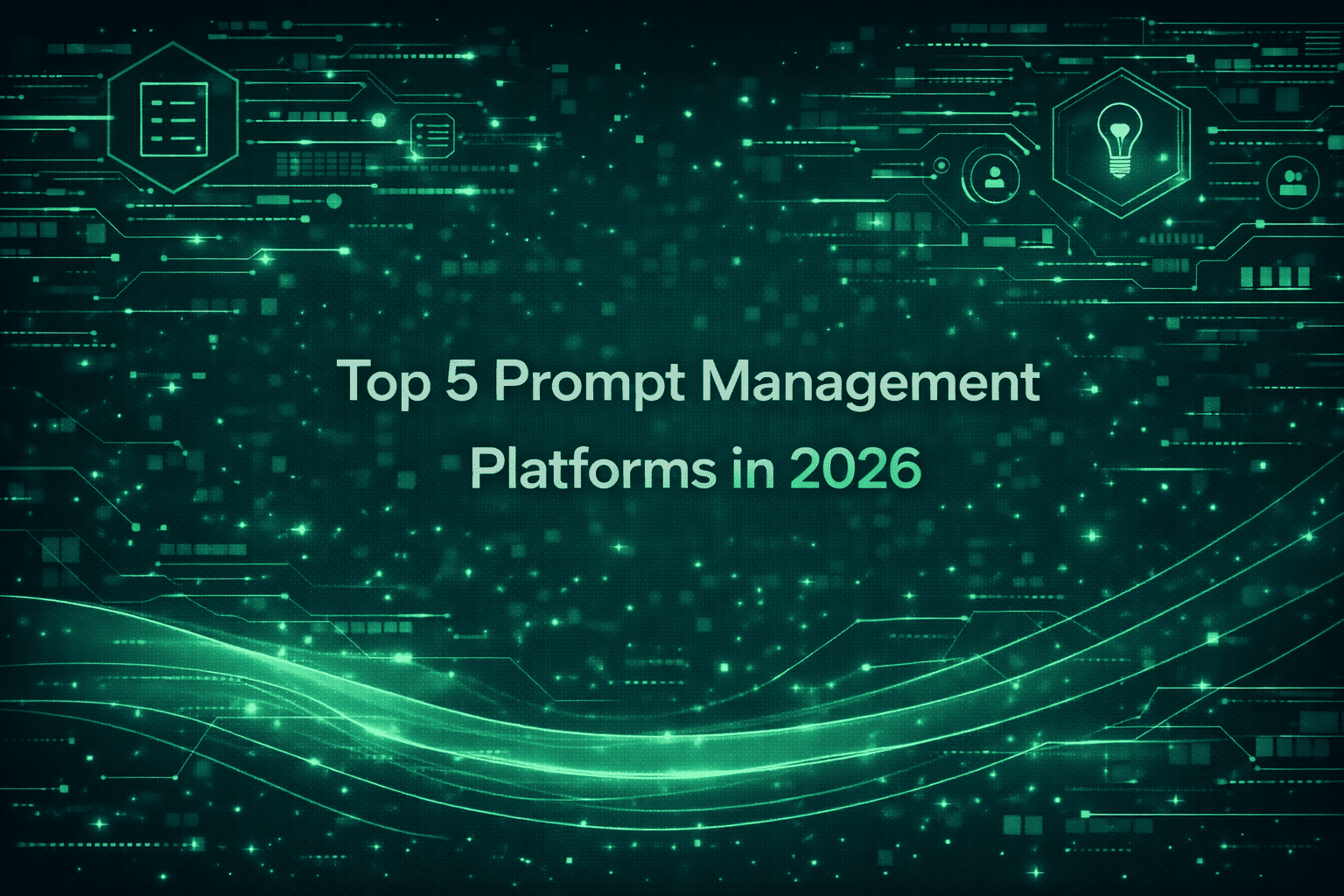Prompt Management in 2025: How to Organise, Test, and Optimise Your AI Prompts

As LLMs become deeply embedded in products and workflows, prompt management has emerged as a critical discipline for teams building LLM powered applications. Effective prompt management ensures consistent, safe, and high-quality AI outputs while enabling rapid iteration and collaboration at scale for building reliable AI applications.
In this article, we explore the best practices and trends in prompt management for 2025, and how platforms like Maxim AI empower teams to version, test, optimize and experiment with their prompts seamlessly.
What Is Prompt Management and Why Does It Matter?
Prompt management is the process of organizing, versioning, testing, and optimizing the inputs (prompts) sent to AI models to elicit the best possible outputs. Unlike casual prompting, prompt management treats prompts as first-class assets that require collaboration across, experimentation, and observability.
Why is this important?
- AI outputs are highly sensitive to prompt wording, structure, and context.
- Poorly managed prompts can lead to inconsistent or unreliable results.
- Cross functional teams need to collaborate on designing prompts, experimenting and tracking changes over time.
- Prompts need to continuously iterated upon to ensure superior end-user experience through rapid experimentations and evaluations.
- Scaling AI-powered products demands prompt reuse, auditing, and continuous improvement.
Key Best Practices for Prompt Management in 2025
1. Put Instructions First and Be Clear
Leading with clear, concise instructions helps AI models understand the task upfront, reducing ambiguity and improving output relevance.
For example, instead of:
“Hey, GPT, can you revise this email?”
Use:
“Revise the following email to sound more professional.”
Clear instructions set the right context and reduce guesswork for the model.
2. Use Role-Based and Safety-Aware Prompt Design
Assign roles or personas within prompts to guide the AI’s behavior safely and effectively. For example, specify “You are a compliance officer” to anchor responses in a safe context.
This reduces risks from prompt injection or unreliable outputs, especially in sensitive domains like healthcare or finance and ensure the responses generated are contextually relevant for the end-user.
3. Employ Delimiters and Structured Formatting
Use quotation marks, numbered lists, or bullet points to clearly separate instructions, examples, or data within prompts. This helps the model parse complex inputs and follow multi-step tasks accurately.
4. Version and Track Prompts Systematically
Just like code, prompts should be versioned and tracked to understand changes, roll back if needed, and iteratively experimented upon to find if there is any regression in the quality of responses.
5. Continuously Monitor Prompt Performance and Iterate
AI models and use cases evolve, so prompt management requires ongoing monitoring of outputs, user feedback, and logs to identify failures or drift.
How Maxim AI Elevates Prompt Management for Teams
While many teams struggle with ad hoc prompt handling, Maxim AI offers a unified platform purpose-built for prompt management integrated with AI evaluation and observability.
Features That Make Maxim AI Stand Out:
- Prompt Versioning & Collaboration: Track prompt changes, compare versions, and collaborate across teams with audit trails.
- Integrated Prompt Testing: Run automated A/B tests and evaluations on prompt variants to identify the best-performing versions.
- Secure Role-Based Prompting: Implement role-specific prompt templates that enforce safe AI behaviors and reduce injection risks.
- Real-Time Observability: Monitor and evaluate AI agents in both pre-production and post-production stages to catch failure modes early.
- Seamless Agent & Workflow Integration: Manage prompts alongside agent simulation, evaluation, and observability for end-to-end AI lifecycle control.
By treating prompts as core assets and embedding prompt management into the AI development workflow, Maxim AI helps teams ship AI products faster, safer, and with higher confidence.
Don't Hardcode your Prompts
Emerging Trends in Prompt Management for 2025
- Automated Prompt Optimization: Leveraging AI to suggest prompt improvements based on performance data.
- Prompt Security & Injection Defense: Increasing focus on safe prompt engineering to prevent adversarial attacks.
- Prompt Management as Code: Treating prompts like code artifacts with CI/CD pipelines and testing.
- Prompt Reuse: Tools enabling prompt reuse across different AI models and frameworks.
Conclusion
Prompt management is no longer optional for teams building AI-powered products — it’s a foundational capability that drives quality, safety, and scalability. By adopting best practices like clear instructions, role-based design, structured formatting, and continuous monitoring, teams can unlock the full potential of LLMs.
Platforms like Maxim AI provide the tools and workflows to elevate prompt management from a manual chore to a strategic advantage, enabling teams to build reliable, safe, and performant AI applications in 2025 and beyond.
Ready to transform your prompt management? Explore how Maxim AI can empower your team today.


